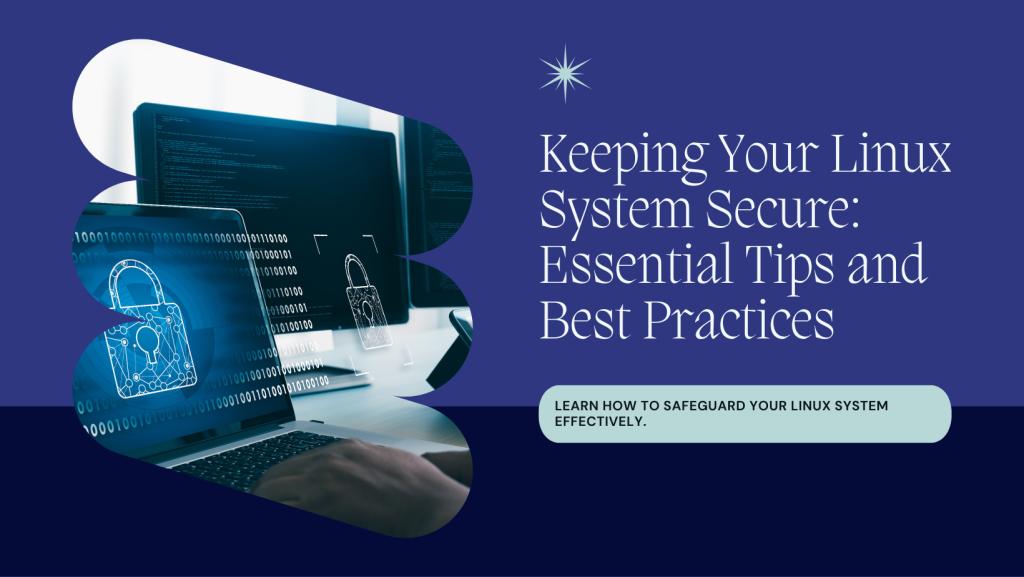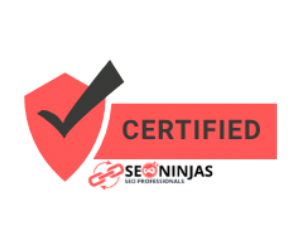Security is a top priority for Linux users, whether you’re a home user, a small business owner, or an enterprise IT professional. With its open-source nature and robust security features, Linux offers a secure and stable platform for computing. However, like any operating system, Linux is not immune to security threats and vulnerabilities. Here are some tips and best practices for enhancing security in Linux and protecting your system:
1. Keep Your System Up-to-Date: One of the most effective ways to enhance security in Linux is to keep your system up-to-date with the latest security patches, updates, and fixes. Enable automatic updates or regularly check for updates using package management tools such as apt, yum, or pacman, and apply security updates promptly to address known vulnerabilities and mitigate potential security risks.
2. Use Strong Passwords and Authentication: Strong passwords and authentication mechanisms are essential for protecting your system against unauthorized access and security breaches. Use strong, unique passwords for user accounts and administrative privileges, and consider implementing additional security measures such as multi-factor authentication (MFA) or password managers to enhance security and protect sensitive data.
3. Configure Firewalls and Network Security: Firewalls and network security measures are essential for protecting your system against unauthorized network access and malicious attacks. Configure firewalls using tools such as iptables or ufw to restrict incoming and outgoing network traffic, and implement network security best practices such as using virtual private networks (VPNs), secure sockets layer (SSL) encryption, and intrusion detection systems (IDS) to protect your network infrastructure and data.
4. Harden System Security Settings: Harden system security settings by disabling unnecessary services and network protocols, limiting user privileges and access rights, and configuring system permissions and file access controls to prevent unauthorized access and privilege escalation. Use security-enhanced Linux (SELinux) or AppArmor to enforce mandatory access controls and sandboxing mechanisms that restrict the actions of potentially malicious applications or processes.
5. Monitor and Audit System Activity: Monitor and audit system activity using logging and monitoring tools such as syslog, auditd, or systemd-journald to detect and respond to security incidents, anomalies, and suspicious behavior in real-time. Implement logging and monitoring best practices such as centralized logging, log rotation, and log analysis to identify security threats and vulnerabilities and take appropriate action to mitigate risks and protect your system.
By implementing these tips and best practices for enhancing security in Linux, you can protect your system against security threats and vulnerabilities, safeguard sensitive data and resources, and maintain a secure and reliable computing environment. Whether you’re a home user, a small business owner, or an enterprise IT professional, prioritizing security in Linux is essential for protecting your system and ensuring peace of mind.



Comments are closed, but trackbacks and pingbacks are open.